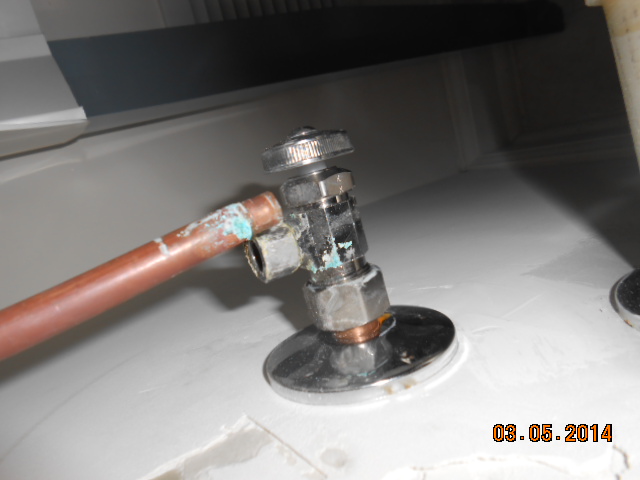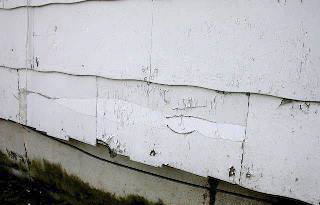If you see a gas fired furnace or boiler in the basement of home that you are interested in purchasing after a home inspector goes through and discovers evidence of an underground oil tank during the home inspection you will need to take some precautions.
Evidence of an existing or pre existing tank can include copper lines transitioning a foundation wall. Exterior fill pipes exiting the ground. Often though the tank was in the basement and removed. The tanks placement can often be found by marks on the concrete floor where the oil lines ran along the floor or the feet of the tank leaving marks in the concrete.
Circumstances can vary upon the discovery of a tank. Some tanks are removed others are filled with sand under the ground.
Active oil tanks under ground can often pose problems. Leaching oil from cracked tanks can cause many problems. Large remediation expenditures are not uncommon. I remember a situation about 25 years ago when a leaking oil line cost over $500,000. to remediate only to eventually result in the demolition of the home.
Today oil tanks are not installed underground. Some older towns like Aberdeen and Middletown will have tanks underground that were installed in the 50′s, 60′s and 70′s.
I have been told by some remediation companies that all tanks leak. It is a matter of degrees.
For your home inspection call us at 800-989-3872 or visit us on the web at www.pinnaclehomeinspections.com
If your home inspector finds evidence of an oil tank you can get the soil scanned by a tank service company. This will let you know if there is a tank anywhere on the property.




